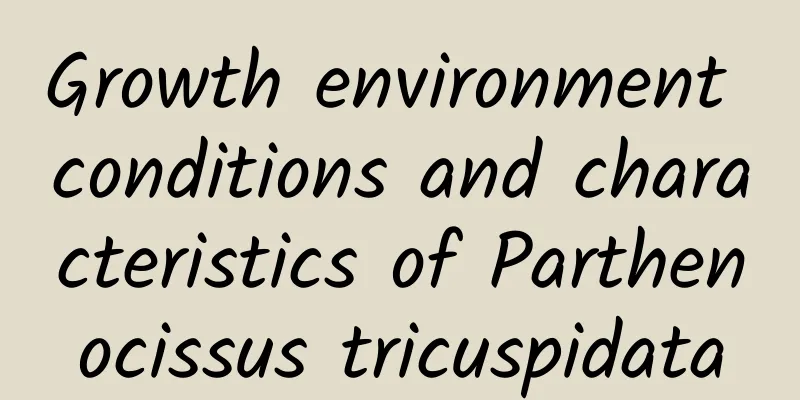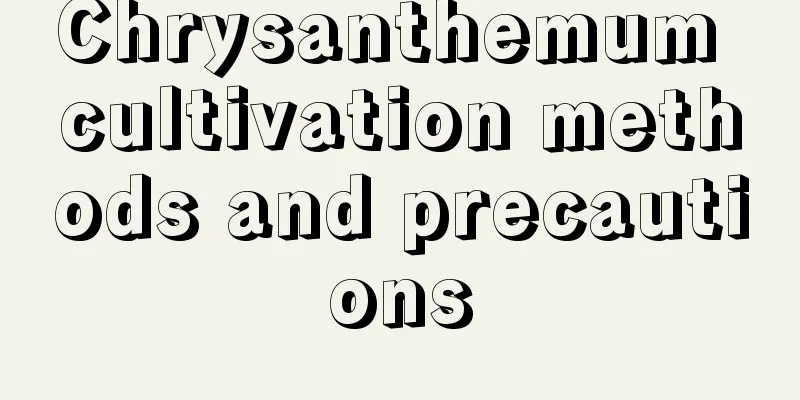Growth environment conditions and characteristics of Parthenocissus tricuspidata

Environmental conditions and requirements for the growth of Parthenocissus tricuspidataIvy is a climbing plant with many species. Ivy has good adaptability, cold resistance and drought resistance, and can adapt to a wide range of climates. Ivy generally prefers to grow in warm, humid, shady or sunny environments. Growth temperature of creeperIvy likes warm environment and is a sun-loving plant. The temperature for ivy growth is within the range of 20-25 degrees, among which the temperature that allows ivy to grow better is around 15-30 degrees. Ivy has a certain cold resistance and is not afraid of freezing. Ivy growth humidityIvy likes a humid environment, but is afraid of waterlogging and is relatively drought-resistant. Ivy needs frequent watering during its growth period. Generally, it can be watered once every 2-4 days in spring and autumn, and once every 1 or 2 days in the hot summer. Creeper growing soilIvy has a wide adaptability to soils and has low requirements for the environment and soil. It is generally more suitable for planting in loose, fertile sandy loam. When planting in potting soil, it can also be planted in a mixture of sand and humus soil. Growth cycle and process of Parthenocissus tricuspidataIvy is a very common greening tree species. It usually starts to sprout and grow leaves in spring and summer. It has a good shading effect and grows relatively fast. Generally, a green wall can be harvested after only two years of planting. |
<<: How to maintain and pay attention to the photinia bonsai
>>: Iris growth environment conditions and characteristics
Recommend
What is the reason for the leaves of dragon bone to turn yellow and fall off?
1. Solution to yellow leaves 1. Reduce watering: ...
How to fertilize peony? Pay attention to these five items!
Base fertilizer before planting: Before planting ...
How to grow cucumbers to achieve high yield?
Cucumber has a cultivation history of more than t...
How to plant Zephyranthes? Planting time and method
Rain orchid planting time Zephyranthes is usually...
The role of dahlia
The ornamental value of dahlias Dahlia is a very ...
Common pests of nasturtium and their control methods
Common pests of nasturtium: leaf miner Symptoms o...
Is the drooping of Olivia's succulent leaves due to lack of water?
1. Is it a lack of water? Wilting leaves on Olivi...
When and how to plant kidney beans
Kidney bean planting time Ground beans are suitab...
Vegetable varieties suitable for soilless cultivation Vegetable varieties that can be grown without soil
Nowadays, soilless cultivation is one of the most...
Disease prevention and control methods of Paphiopedilum
Damping-off Symptoms It often occurs when the see...
What to do if the camellia leaves turn black and fall to the ground
1. Reduce moisture Cause: When camellia leaves tu...
How to propagate pepper trees and what to pay attention to
How to reproduce the pepper tree The main ways of...
Cultivation methods and precautions of Xiangfei Camellia
The maintenance of Xiangfei Camellia is very easy...
How to care for orchids after they sprout
1. Lighting It can usually be grown in an environ...
How to prune the dragon beard tree
When to prune the dragon beard tree There is no s...









